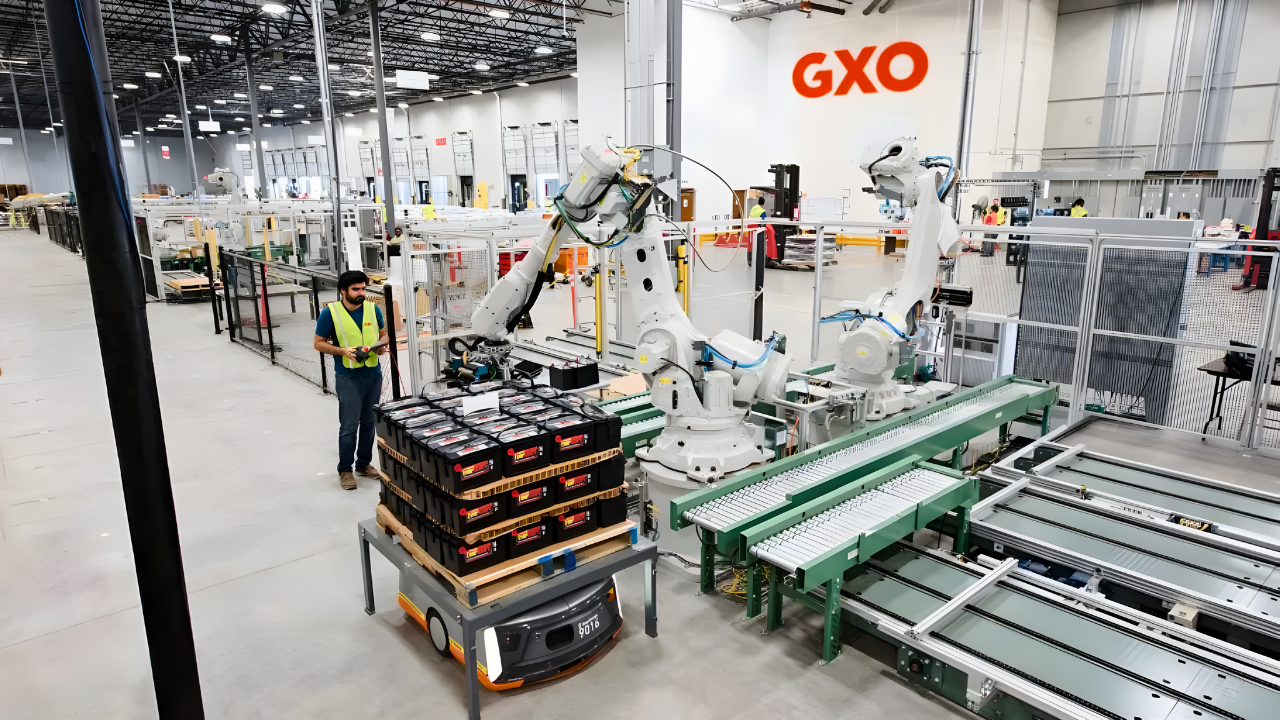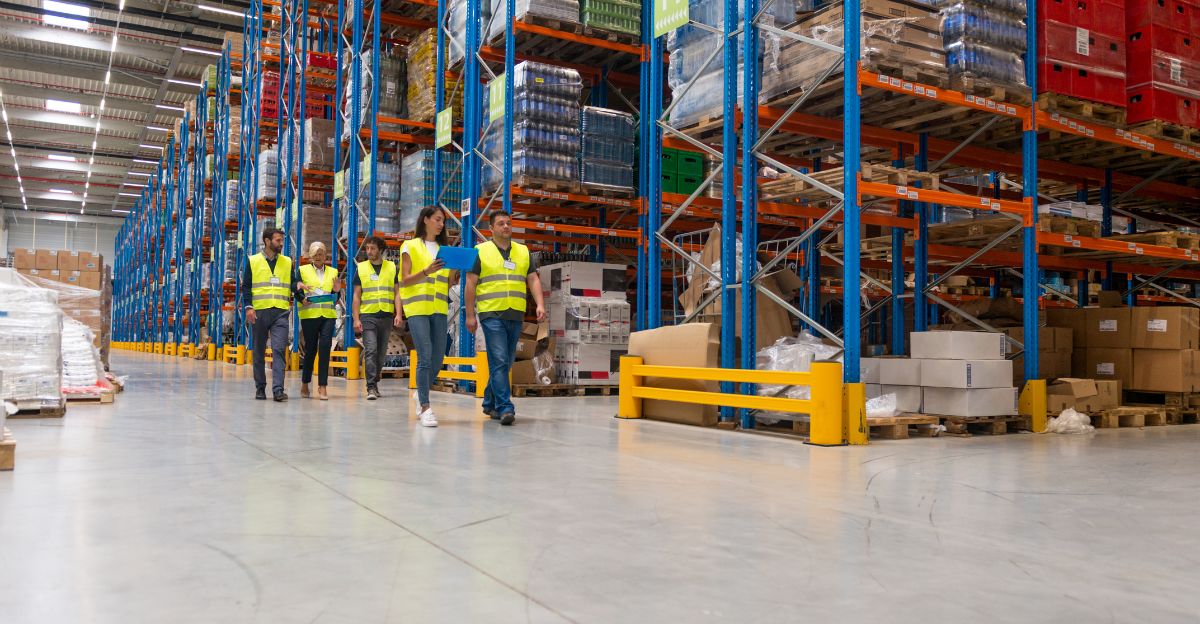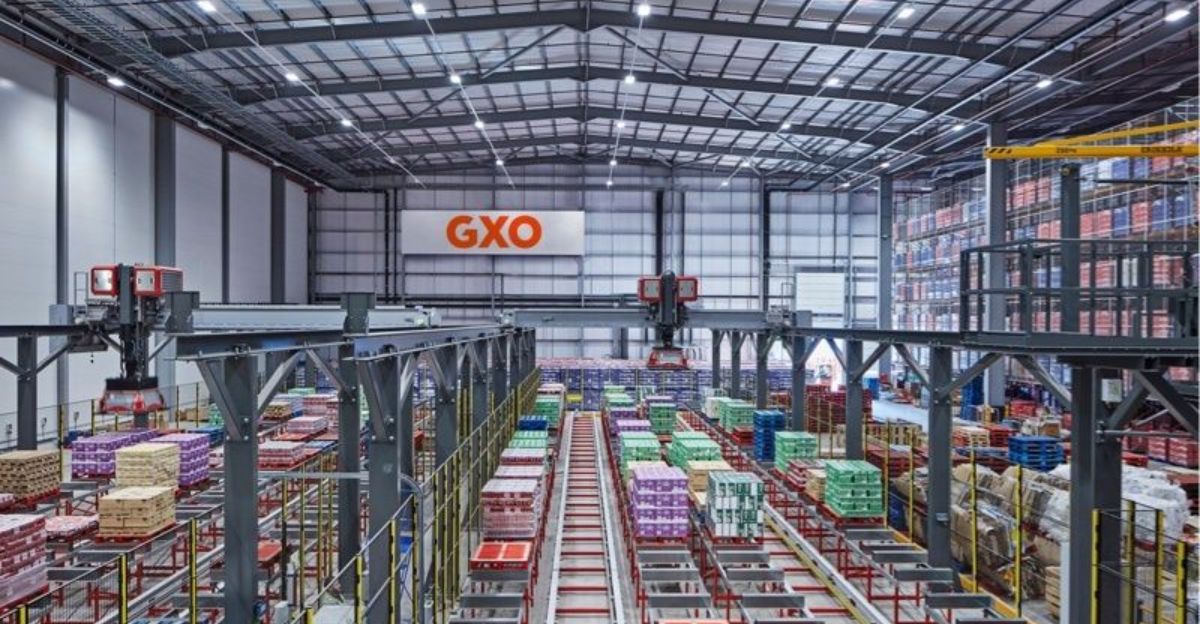
Cumberland County, Pennsylvania, long known for its strong warehouse and shipping industry, is facing one of its biggest job losses in recent years. GXO Logistics, one of the world’s largest warehouse operators, has announced it will close three major facilities in the Midstate region within just 14 months.
This decision will remove hundreds of stable jobs and millions of dollars in yearly wages from the local economy. The closures highlight how small communities can be hurt when large global companies make business choices based on distant customer needs.
Closing of Carlisle Facility Marks a Bigger Pullback

GXO’s warehouse at 100 Carolina Way in Carlisle is scheduled to close in 2026, following two earlier closures in Mechanicsburg and Middletown. The Carlisle location, an important part of the county’s warehouse industry, will begin laying off workers on January 12, 2026, with all layoffs expected to finish by May. The news was made official in November 2024 through a WARN notice filed with the state. The timing is especially tough for workers, it comes just after the holiday season, when family expenses are typically highest.
The Carlisle site currently employs 69 people, including warehouse staff, supervisors, and logistics coordinators. Many of them have worked for GXO for years, relying on their paychecks to support families and help maintain local businesses. When combined with the earlier shutdowns, 85 workers in Mechanicsburg and 91 in Middletown, a total of 245 jobs will disappear from the area in a little over a year. Each closure adds pressure not only to those directly affected but also to nearby towns that depend on the spending and stability those jobs provided.
Economic Ripples Across the Community

The loss of GXO’s warehouses will hit the local economy far beyond the initial job cuts. The Carlisle closure alone is expected to erase between $3.5 million and $5 million in annual payroll, while all three sites together will remove roughly $12 to $17 million a year in wages. These losses mean less money circulating within the community, less spent at grocery stores, restaurants, gas stations, and local service businesses.
Economists say that for every warehouse job eliminated, the community could lose up to another two-thirds of a job in related sectors such as retail, transportation, or maintenance. As laid-off workers spend less, small businesses may see their customer numbers shrink, sales may slump, and even home prices could fall. The physical loss of 200,000 to 300,000 square feet of warehouse space may also push manufacturers and shippers to move operations farther away, raising their costs and making it harder to keep logistics activity in the Midstate area.
The ripple effect will likely reach local schools, healthcare providers, and landlords as well. A decline in household income can affect everything from school enrollment numbers to property tax revenues. In this way, the closure of three warehouses can reshape an entire local economy.
Global Business Decisions, Local Consequences

GXO Logistics operates more than 1,000 warehouses in 27 countries, so its decision to pull out of Pennsylvania’s Midstate region reflects global trends rather than local problems. The company explained that the closures were due to changing customer contracts. Major GXO clients such as Amazon, Walmart, and Target have been restructuring their supply chains after the pandemic. As these retail giants consolidate operations and shift their distribution networks, logistics companies like GXO must adjust, often shutting down sites that no longer fit their new models.
This situation shows a weakness in the region’s job base: warehouse work depends heavily on corporate decisions made elsewhere. Once major customers make changes, the impact trickles quickly to local economies. In this case, GXO workers had only about seven weeks between the state filing and the start of layoffs, leaving them little time to find new jobs. Many have skills specific to warehouse management, which may not easily transfer to other industries. With layoffs spread over several months, some families face long periods of uncertainty about their financial future.
Community Response and the Road Ahead

About 245 workers will be directly out of work, but experts suggest that the broader effects could reach between 10,000 and 15,000 residents through lower incomes, reduced business spending, and weaker demand for daily services. GXO has promised to offer support, including help with resumes, job searches, and career advice. Still, such programs rarely fill the gap left by disappearing full-time jobs. Many affected workers may have to take lower-paying roles, switch careers, or even relocate to other states to find similar work.
The closures come at a time when the logistics industry is shrinking after its pandemic boom. Warehousing expanded rapidly during COVID-19 because of online shopping, but as e-commerce growth slows and retailers merge operations, demand for warehouse space and labor is falling. For regions like Pennsylvania’s Midstate, which leaned heavily on this sector, the change exposes a major risk of economic dependence on a single industry.
Community leaders are now rethinking how to build a stronger, more diverse local economy. Many suggest investing in worker retraining, education, and incentives for new businesses in technology, renewable energy, and manufacturing. The GXO pullout serves as a warning and a chance to rethink local development strategies. For Cumberland County, the challenge ahead is not just recovering from lost jobs, but creating a more balanced economy that can weather future global shifts.